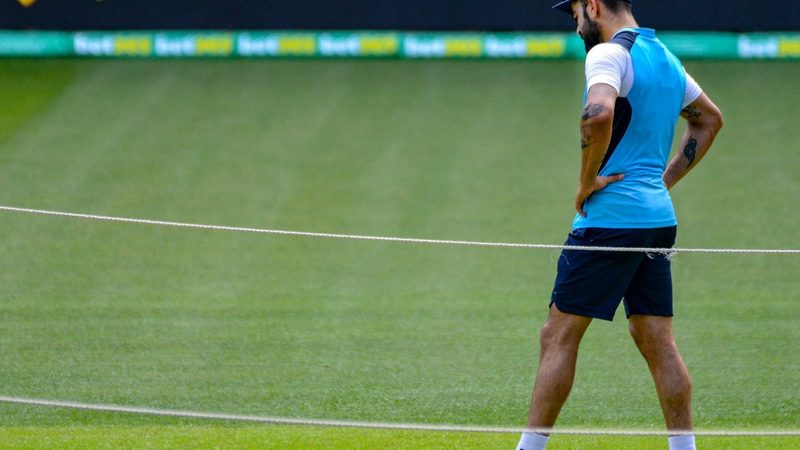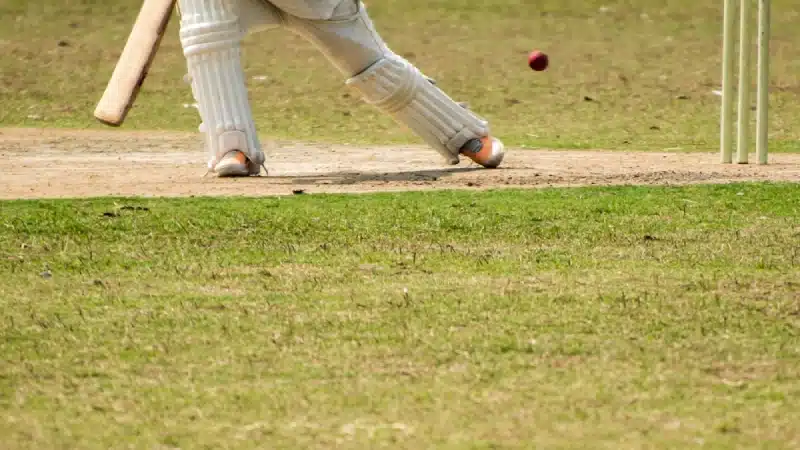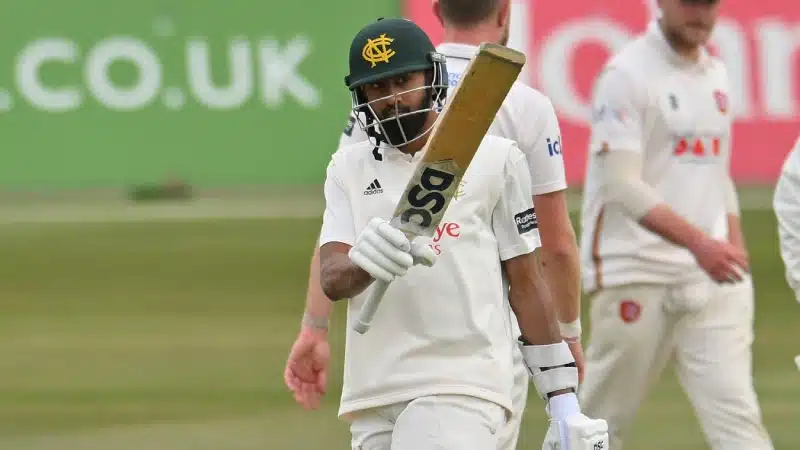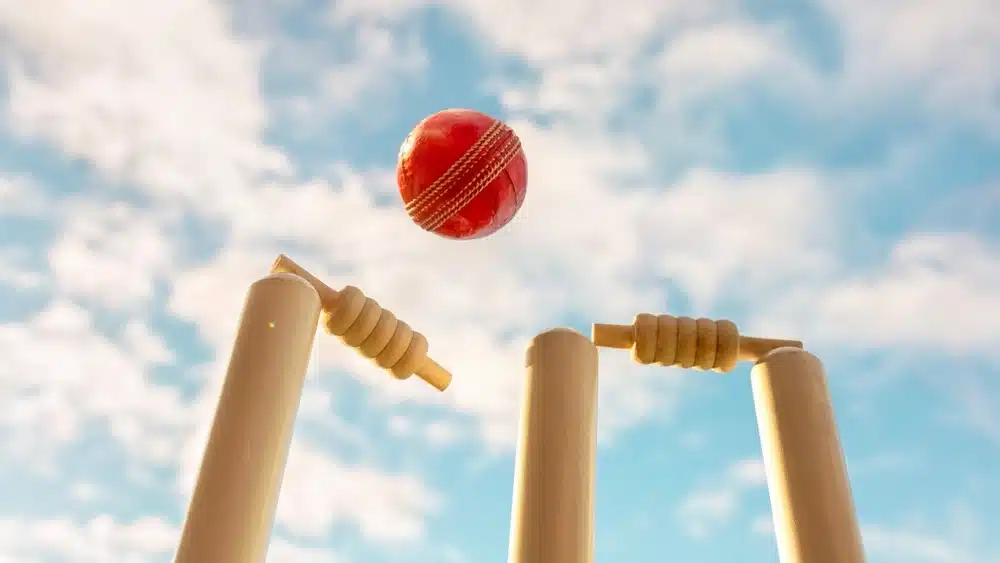
Unlike the usual T20 terminologies of ramp shots, reverse sweeps and dil-scoops, the one term that has dominated the Indian T20 landscape from at least September 2020 has been ‘bubble.’
For insiders such as teams and broadcast crew, ‘bubble life’ is routine now, but for most fans, it’s not quite clear just what goes into a team’s bubble.
And now that the bubble has burst following Amit Mishra Wriddhiman Saha, Varun Chakraborty and Sandeep Warrier testing positive, we took a deep dive into finding just what it was and what it means now:
Indian T20 League’s Infamous ‘Bubble Life’
For multi-team tournaments in the post-Covid era, bubble protocols are a dynamic, layered set of regulations. We shall stick to the Indian T20 league though. This season, the bubble was established almost a month before the teams entered it. It started with the hotel staff being asked to isolate themselves and undergo regular RT-PCR tests. Before the teams arrived, hotel were sanitised and segregated – one for the bubble and one for the rest. Sometimes, the entire hotel was reserved only for the team.
Then the entry and exit points for the teams were identified and demarcated. Nobody from the outside can enter and exit the hotel through those points. The areas were cordoned off only for teams. Those entry/exit points are meant only for the bubble inhabitants.
When the teams arrived, everyone went into isolation in their hotel rooms. The quarantine period was seven days during which three RT-PCR tests were taken - Test 1 on Day 2, Test 2 on Day 5, and Test 3 on Day 7 morning. Only after three consecutive negative tests were the players allowed to mingle among themselves, although not outside the bubble.
“You have to create your bubble inside the bio-bubble”
Indian T20 League commentator and former India cricketer Laxman Sivaramakrishnan shared with Sportsadda his experience of living the bubble life:
“Life is much safer in the bio bubble. The BCCI has done a magnificent job at organising these bubbles here and also back in UAE. As long as one follows the protocols as told by the BCCI, you’re very much safe. You are safer in the bio bubble than outside. We just have to take the precautions they have told you. Just before the tournament began, they gave a document which says the things you can do and are not supposed to do.
And now that we are being vaccinated, by God’s grace everything is going positive. It is just that you have to create your bubble inside the bio-bubble. For the quarantine period, the food is left outside the doors so that there is no contact. But during the bio-bubble period, the room service and housekeeping is allowed to enter. All the essentials are kept on the table but I clean them from time to time.”
Decoding the Bio-Secure Environments
The ‘Bio-Secure Environment’ measures were applied throughout the Indian T20 League 2021 season and engulfed hotels, training sessions, matches and transportation.
Overall, 12 Bio-Secure Bubbles (Bubble) were created, of which eight bubbles consisted of the teams and support staff, two bubbles catering the Match Officials and Management and lastly two bubbles for Broadcasting crew and commentators. All the members within these bubbles are subjected to social distancing and severe testing.
- Franchise teams and support staff – 8 Bubbles
- Match Officials & Match Management Team – 2 Bubbles
- Broadcast Commentators and crew – 2 Bubbles
In addition, The BCCI created different zones for each operational element such as franchise team members, match officials, match management teams, broadcast teams, ground staff, hotel staff, venue operations teams, transportation staff and security personnel and any other personnel on specific duties. Individuals were expected to always stay in their allotted zones.
Was GPS the hole in the bubble?
The BCCI also provided a wrist band consisting of a GPS device which was worn by individuals always, including within the hotel premises. The tracking devices could be removed during training, matches, swimming and in the shower. In case a positive RT-PCR test result came out, the tracking device helped trace individuals who had been in close contact with the case during the previous 48 hours and 16 hours from the time of collection of the positive sample.
However, as per a report in the Times of India, the FOB devices availed by BCCI from a Chennai based firm were termed ‘sub-standard’ by franchises. Them ‘not tracking any movement whatsoever’ was one of the criticisms.
Bubble Integrity Managers
One of the highlights of the bubbles in the 2020 and 2021 season was BCCI’s appointment of up to 4 security staff for each franchise team who were their designated ‘bubble integrity managers’. So, there are approximately 32 managers in total.
These managers’ job was to report any Bio-secure Environment protocol breaches committed by members of the franchise team to the BCCI Chief Medical Officer.
Now you know. Save this in your back pocket, because the cricket world’s bubble life isn’t going to go away very soon!
Featured Image: AFP/ Brenton Edwards




















